Art World
Late Robert Rauschenberg Works Acquired by Six Major Museums
The Robert Rauschenberg Foundation has placed nine of his late works in six major US museums' collections through a gift/acquisition program.
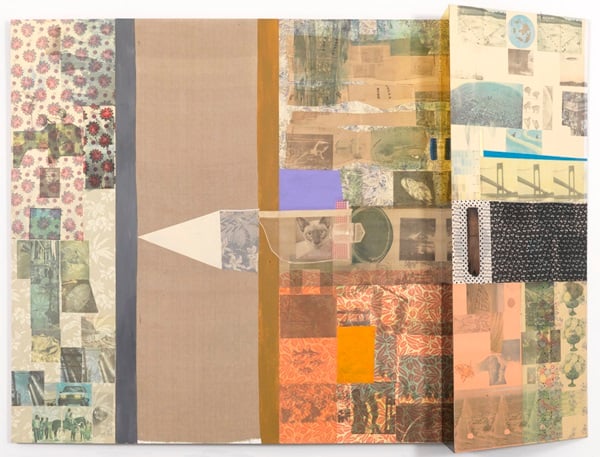
The Robert Rauschenberg Foundation has placed nine of his late works in six major US museums' collections through a gift/acquisition program.

On Monday the Robert Rauschenberg Foundation announced that six US museums have acquired nine works by the artist through a gift/purchase program. The museums included in the deal are the New Orleans Museum of Art, the Minneapolis Institute of Arts, the San Francisco Museum of Modern Art, and three New York institutions: the Metropolitan Museum of Art, the Solomon R. Guggenheim Museum, and the Museum of Modern Art (MoMA).
The museums were approached by the foundation based on their geographic locations and their existing collections of works by Rauschenberg. “Some of the most wonderful holdings that were transferred to us from the estate represent his work from the 1970s, ’80s and ’90s,” the foundation’s executive director Christy MacLear told artnet News in a telephone interview. The foundation is hoping to increase access to these later pieces by broadening selected museums’ holdings of Rauschenberg’s works.
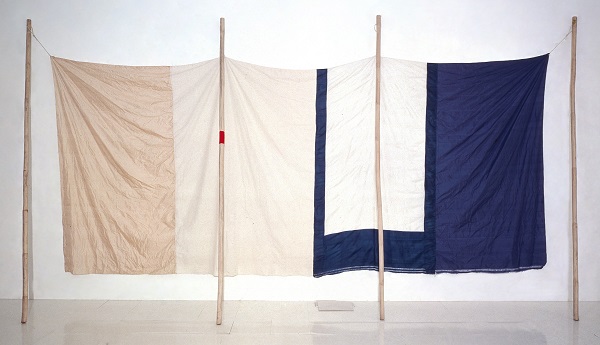
Robert Rauschenberg, Gull (Jammer), 1976. Courtesy of the Museum of Modern Art.
The program, which the foundation modeled after similar strategies employed by the Warhol, Motherwell, and Mapplethorpe foundations, is equal parts gift and purchase, and gives the museums three years to pay for their acquisitions. This affords institutions the opportunity to raise the necessary funds through donations. According to MacLear, the works are already with their new owners, and, in some cases, such as MoMA, are already on view.
“I think discovering this work will be really powerful for people,” MacLear said. “These acquisitions show the broader range of Rauschenberg’s work across the decades. Although Bob is best known for his early output, the ’70s and ’80s works really show his accelerated cycle of curiosity and process of artistic exploration.” The Foundation, hoping to increase public access to these later works, reportedly worked closely with curators at each museum to select pieces that would best complement their existing Rauschenberg holdings.
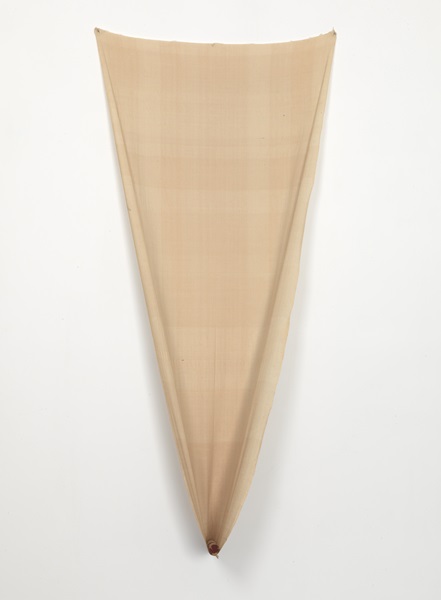
Robert Rauschenberg, Vow (Jammer), 1976. Courtesy of the Metropolitan Museum of Art.
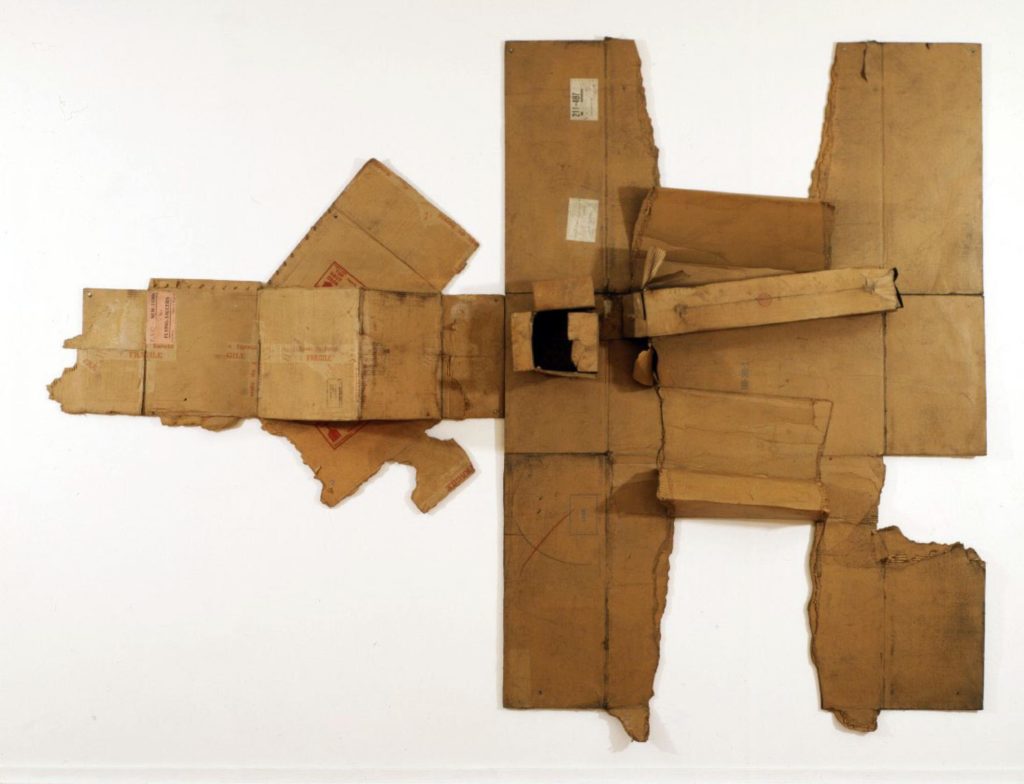
Robert Rauschenberg, Bande de Sureté / Twin City / Nipples (Cardboard), 1971. Courtesy of the Metropolitan Museum of Art.
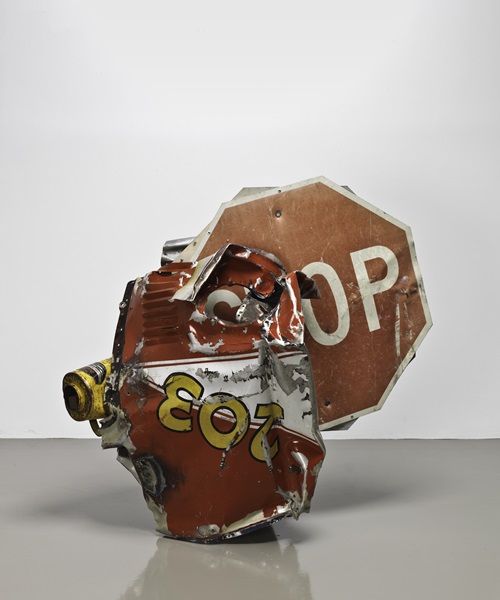
Robert Rauschenberg, Stop Side Early Winter Glut (1987).
Photo: Courtesy of The Museum of Modern Art.
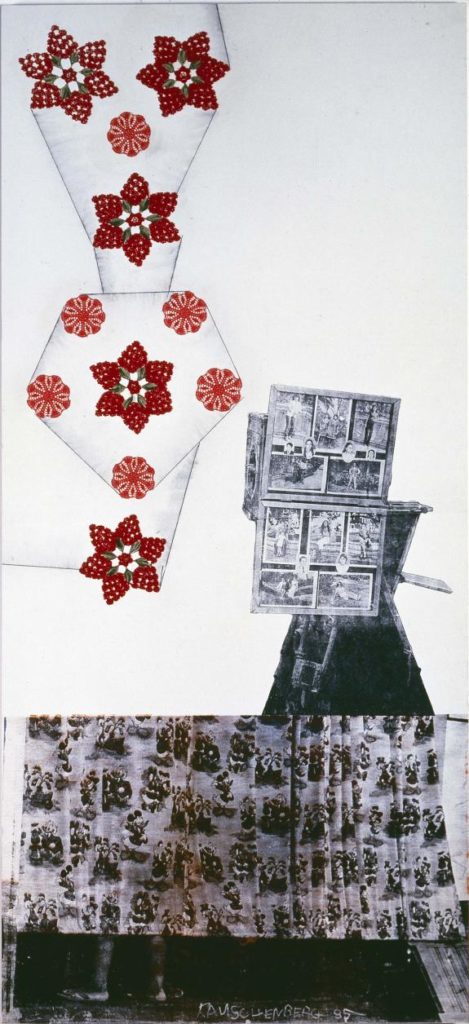
Robert Rauschenberg, Park / ROCI Mexico, (1985). Courtesy of the Minneapolis Institute of Arts.
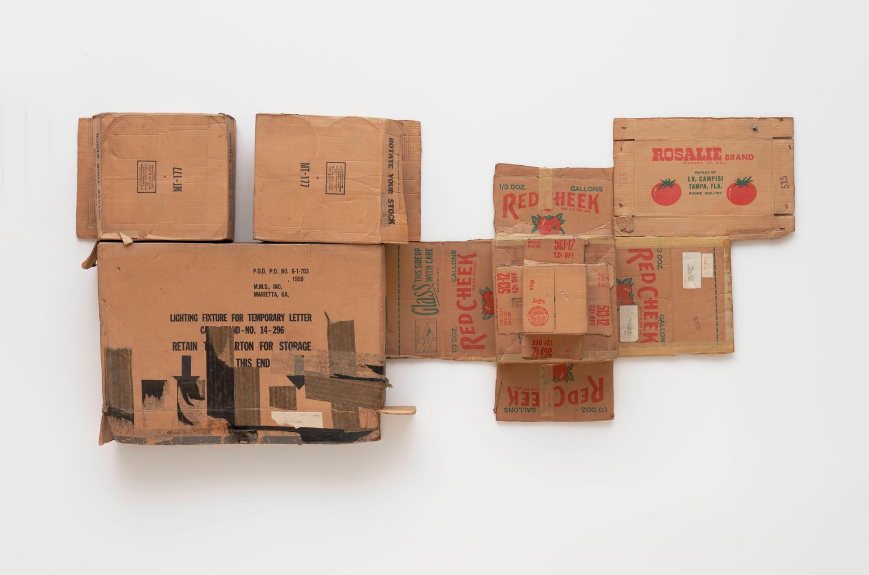
Robert Rauschenberg, Rosalie / Red Cheek / Temporary Letter / Stock (Cardboard), 1971. Courtesy of the San Francisco Museum of Modern Art.
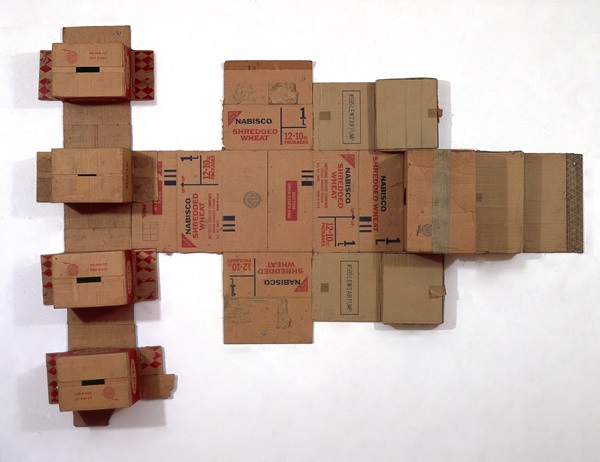
Robert Rauschenberg. Nabisco Shredded Wheat (Cardboard) (1971).
Photo: Courtesy of The Museum of Modern Art.
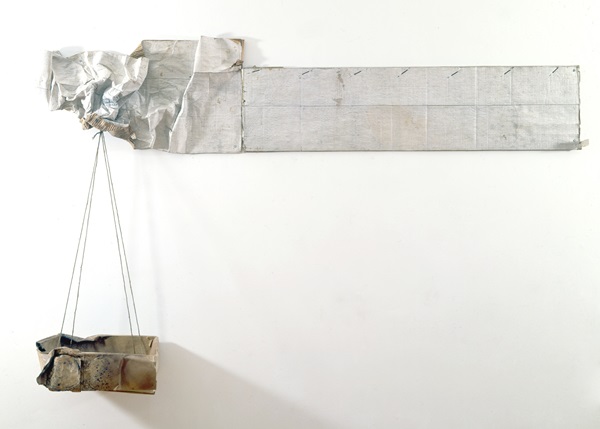
Robert Rauschenberg, Untitled (Venetian) (1973).
Photo: Courtesy of The Solomon R. Guggenheim Museum.